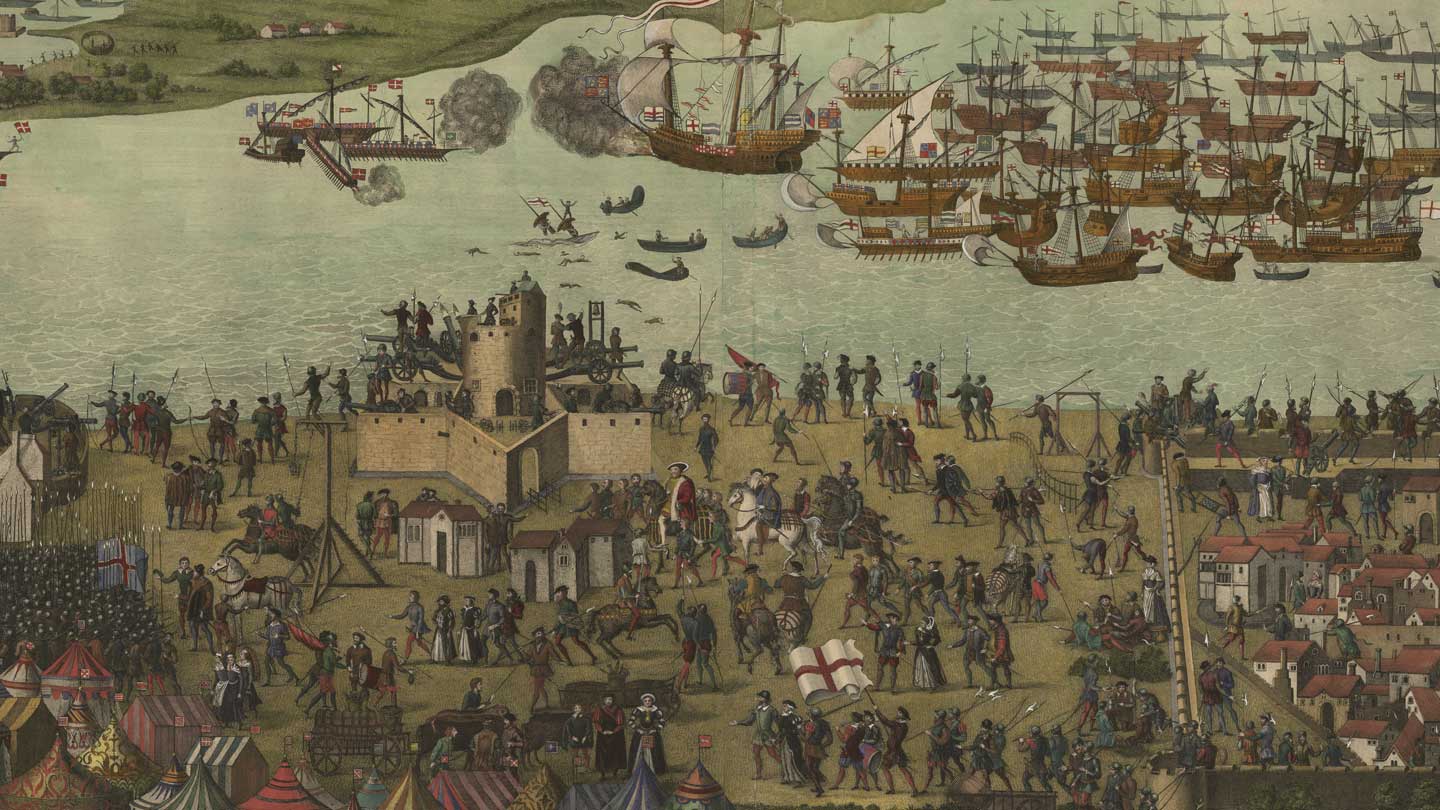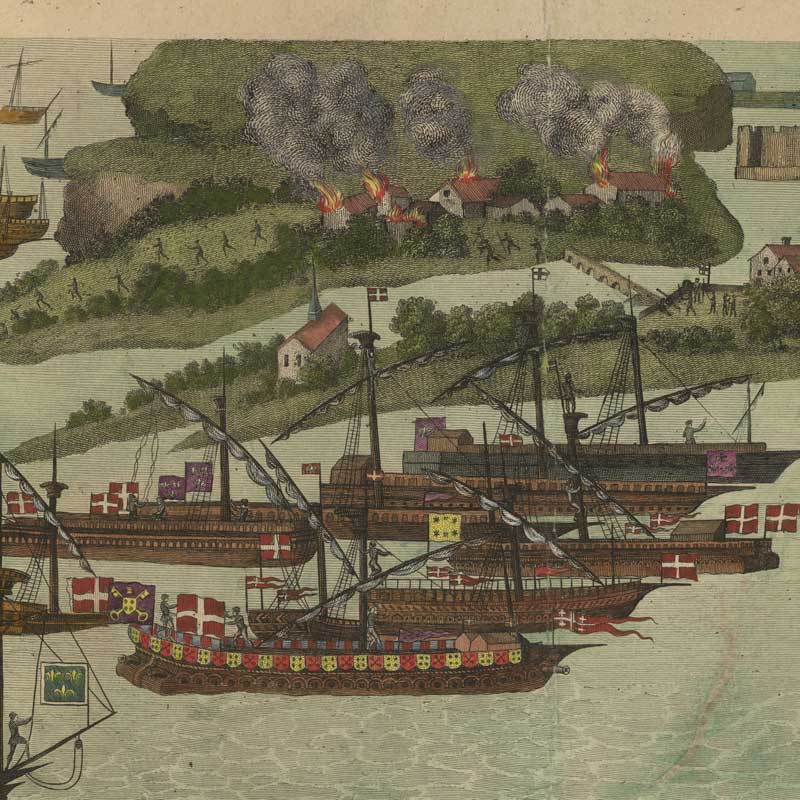
Prelude to the battle
At this point in history, England was involved in the Italian War (1542–1546). Henry VIII aligned himself with Emperor Charles V of the Holy Roman Empire against King Francis I of France.
In 1544, Henry VIII launched a military campaign in France, capturing Boulogne. This action further escalated tensions between England and France. In response, the French sought to strike back at England by planning an invasion, hoping to divert English military resources away from their campaigns in France and possibly even force Henry VIII to make peace on unfavourable terms. They chose to attack the coastal town of Portsmouth, where Henry’s navy was based.






